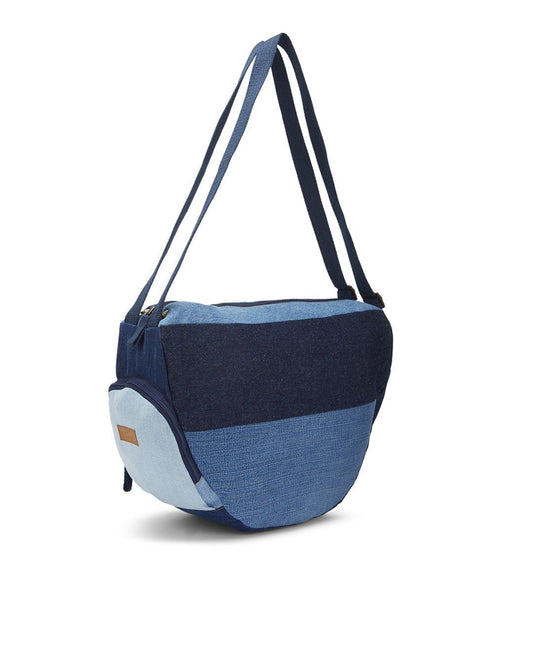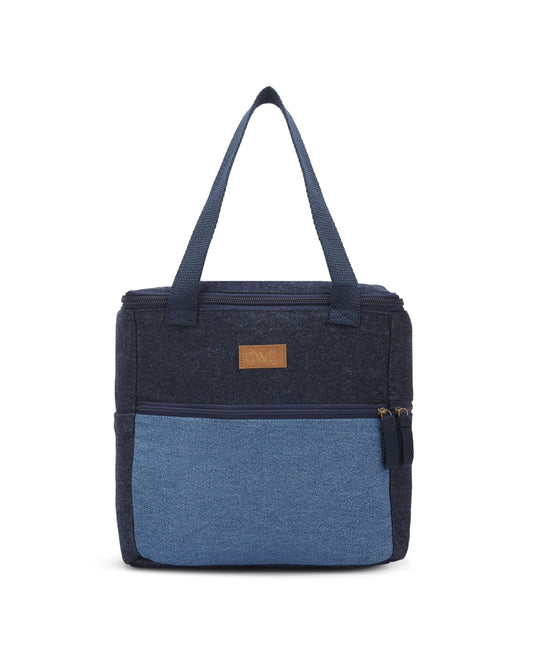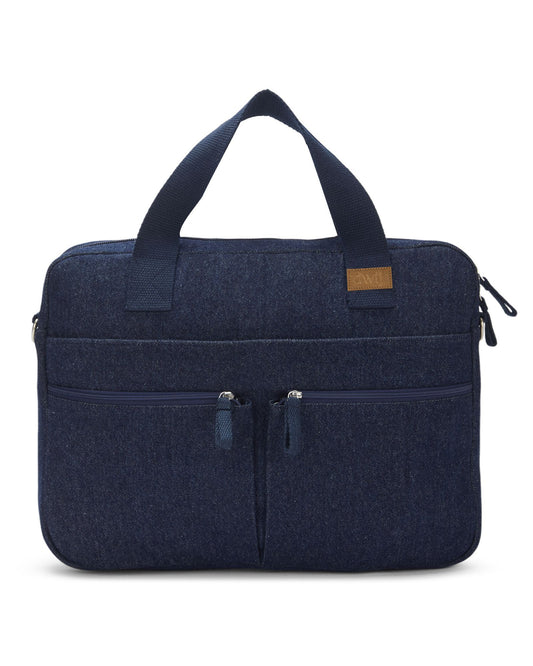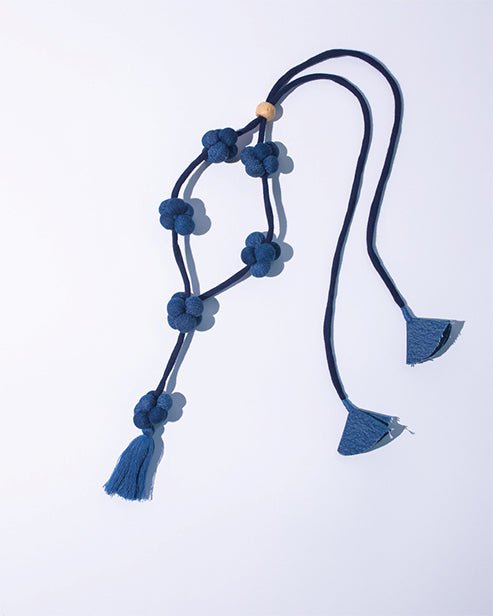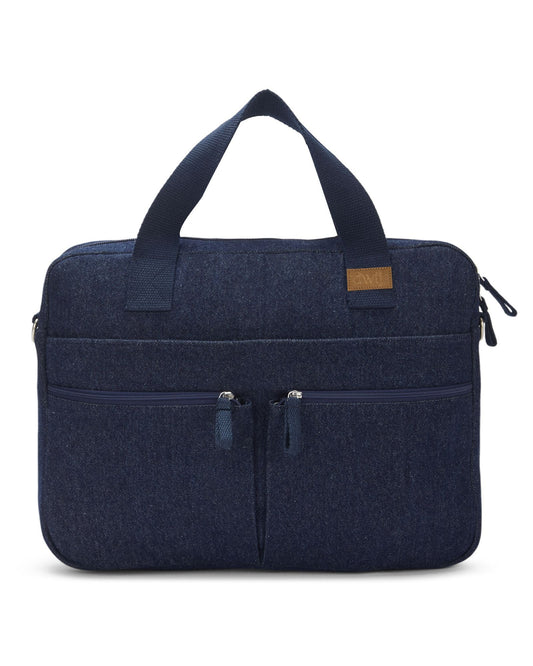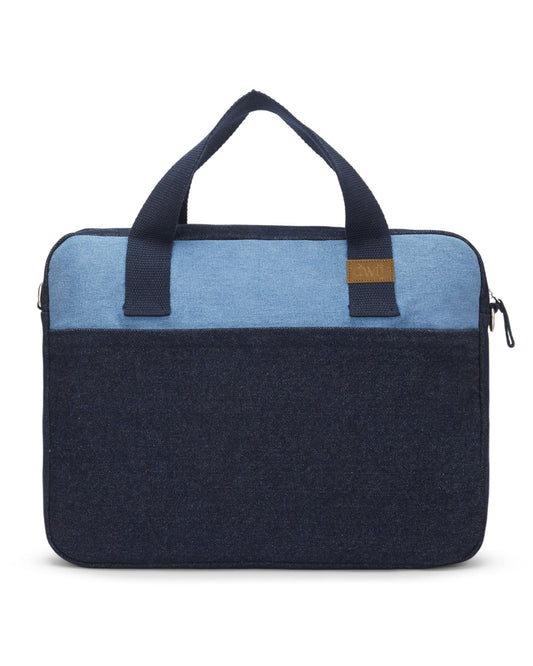Growing up as a kid in the 90’s in a typical Indian joint family, what we wore used to be decided not by us, but by all the other family members around us. Festivals were the most awaited events, when we all would assemble for a family get-together, most often in our house. Ample entertainment would follow, along with unlimited lip smacking “festival special” cuisines, which would seldom be made again until next year. Obviously in such large get-togethers, clothes used to be the most common gifts given by the elders in the family including aunts, grandparents etc. Parents used to add it up with a pair of clothes on special festivals like Birthdays, Diwali, Gudi Padwa, and Sankranti etc. The good and premium ones from these gifts used to be reserved for wearing ‘only’ at weddings and family functions. These were the only occasions when we used to receive new clothes to wear. I remember, addressing each pair of clothes with the occasions name like “This is my this year’s birthday dress or that years Diwali dress, etc”
Rarely would there be any occasion when we used to do family shopping without any reason. The concept of shopping was requirement-based and highly disciplined. The above cultures and traditions of a typical Indian middle class family were designed to keep us away from ‘shopping indulgence’ during our teens. One could title this typical phenomenon to a ‘middle class mentality’ or ‘lack of affordability’. However the truth I realized once I grew up, is that such practices indirectly made us more sustainable.
Once I moved out of the joint family to pursue graduation in Pune, I saw those practices fading slowly. I then had my budget to meet my living expenses, which indirectly gave me the freedom to purchase what I wanted, and not what I really required. With this new ‘freedom’, I often also used to misunderstand the disciplined lifestyle of our teens as a deliberate attempt to curtail our freedom. Slowly I started to enjoy purchasing during the “Season Sale” and on the streets at throwaway price, to buy what and when I wanted.
Moving into Germany made things ‘awesome’ in my perspective, but worse in reality. The steep discounts and cheap prices offered by brands such as Primark etc made me purchase much more than what I actually required. Life suddenly started to feel very short, and this was a phase of ‘shopping indulgence’ when I used to buy garments whenever I stepped out, with a clear explanation to my conscience that we should enjoy life whenever we are able to. Enjoying life was about shopping more. The guilt towards excessive shopping was partly alleviated by the fact that many retail stores also had clothes donation bins where we could drop off our old clothes, indirectly indicating that those discarded clothes would be used by the needy. In reality, these clothes are sent off to developing countries where they are dumped into the local markets irrespective of the prevalent dress codes in those countries. As per report by CBC in Jan 2018, much of the shipped garments that were shipped to Kenya are not good enough to be sold, and therefore ultimately goes to landfill. As per CBC, approx. 85% of all unwanted textiles in North America end up in landfills, which amounts to more than 11Billion Kgs every year. The developing countries that import donated garments, do so since there are no laws preventing it.
Fast Forward into 2017
After moving into India, I gradually started to understand the reality. Dwij was an idea born out of extensive ground level research on the adverse impact caused by our ‘shopping indulgence’. Dwij has already highlighted the hard realities of the textile industry and fast fashion in its blog.
Along with dwij also followed many changes in my own lifestyle. To me, fashion now means not just variety and trendy looks. To me, the price that we pay for being fashionable is not just the price paid today, but also the price that we pay to address the environmental damage in future too.
I now feel proud of the practices of our typical Indian middle class household to do requirement-based purchase. I now currently use clothes that I bought 7 years back too and no longer in fashion. The visits to my tailor have now increased significantly, to try and repair the ones that were not fitting anymore. I still continue to receive gifts from family and elders, but I have now clearly communicated to everyone to only gift me unstitched clothes, so that I could get it stitched anytime in future as per requirement and prevailing trends. I have now successfully completed one full year of ZERO shopping!

Sustainability was always a part of a normal Indian household. It’s time that we appreciate and revisit them.
- Soumya Kalluri
Founder, dwij


